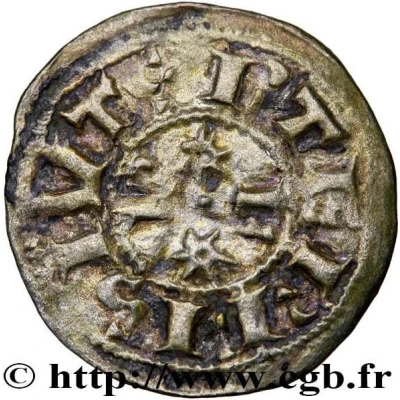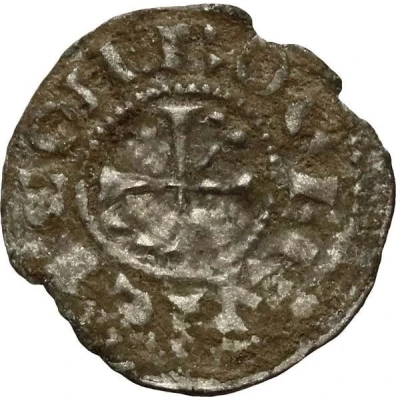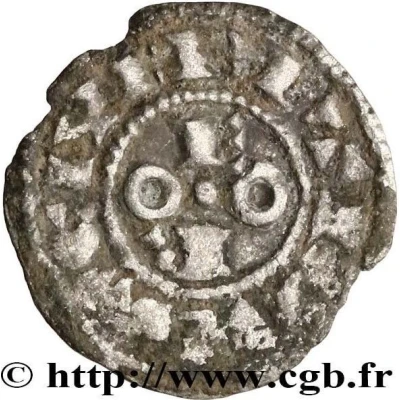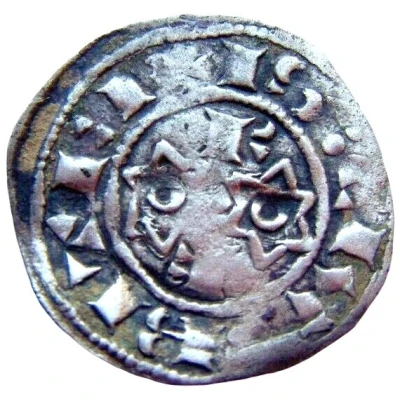


© CGB
Obol - Bernard Atto II ND
| Billon | 0.39 g | 14 mm |
| Issuer | Viscounty of Béziers (French States) |
|---|---|
| Viscount | Bernard Atto II (1150-1159) |
| Type | Standard circulation coin |
| Years | 1150-1159 |
| Value | 1 Obol (1⁄480) |
| Composition | Billon |
| Weight | 0.39 g |
| Diameter | 14 mm |
| Shape | Round (irregular) |
| Technique | Hammered |
| Orientation | Variable alignment ↺ |
| Demonetized | Yes |
| Updated | 2024-10-04 |
| Numista | N#391392 |
|---|---|
| Rarity index | 100% |
Reverse
Two dials.
Script: Latin
Lettering:
BTERIIS IVTS
R E
Translation: City of Beziers.
Interesting fact
One interesting fact about the Obol coin is that it was used as a form of currency in the Viscounty of Béziers, which was a region in southern France that was known for its rich agriculture and trade during the Middle Ages. The coin was made of billon, a type of alloy that is composed of a mixture of metals, and it weighed only 0.39 grams, making it a very small and lightweight coin. Despite its small size, the Obol was an important part of the local economy and was used to purchase everyday goods and services.



